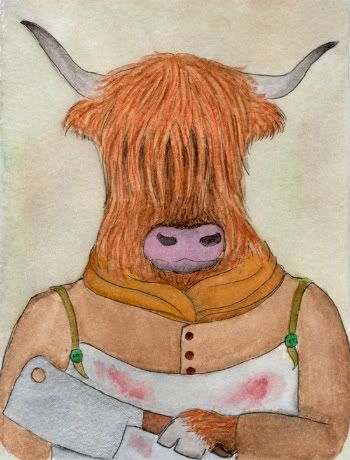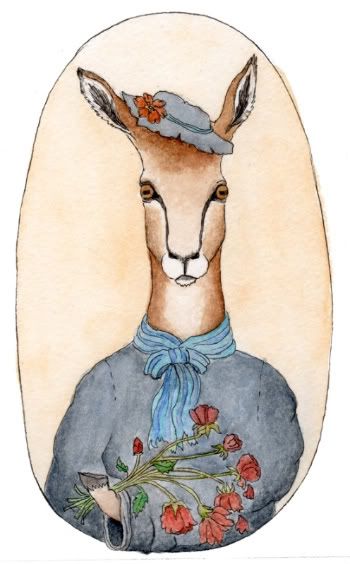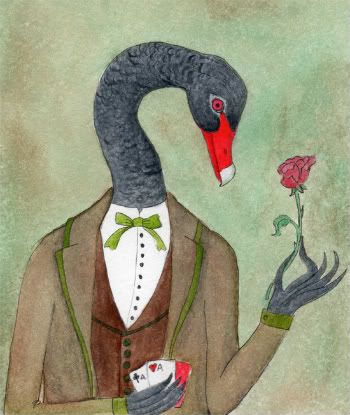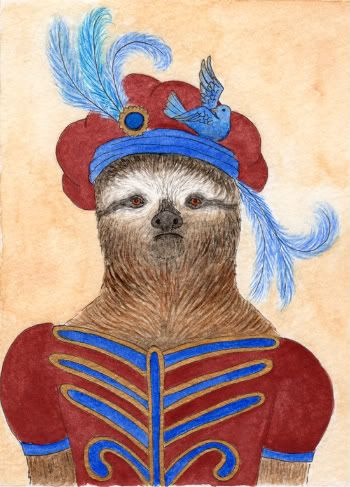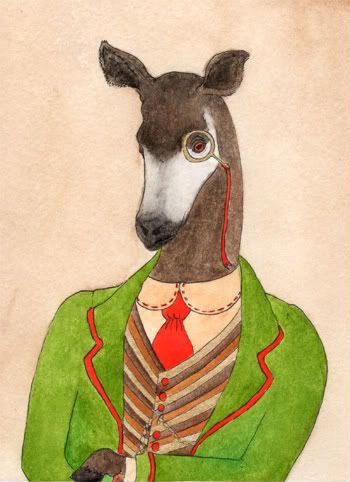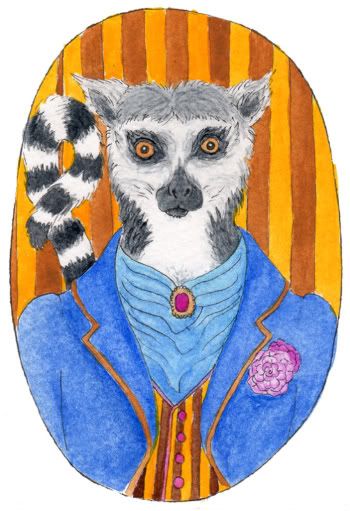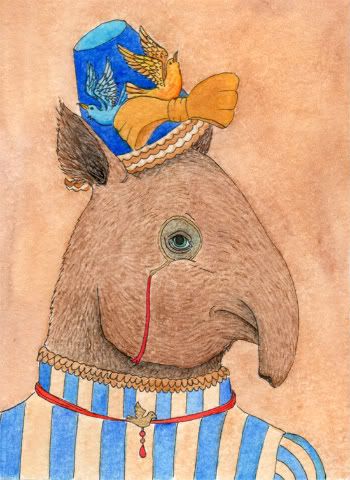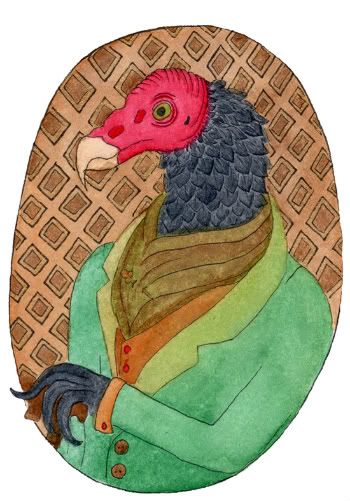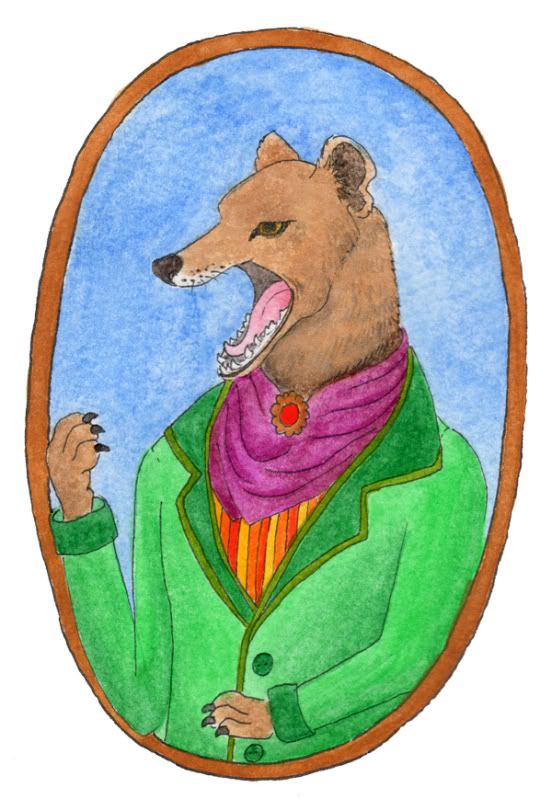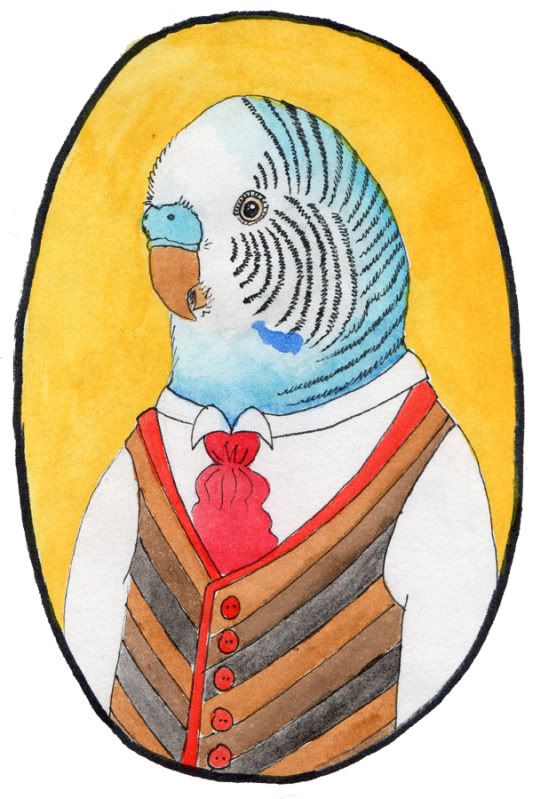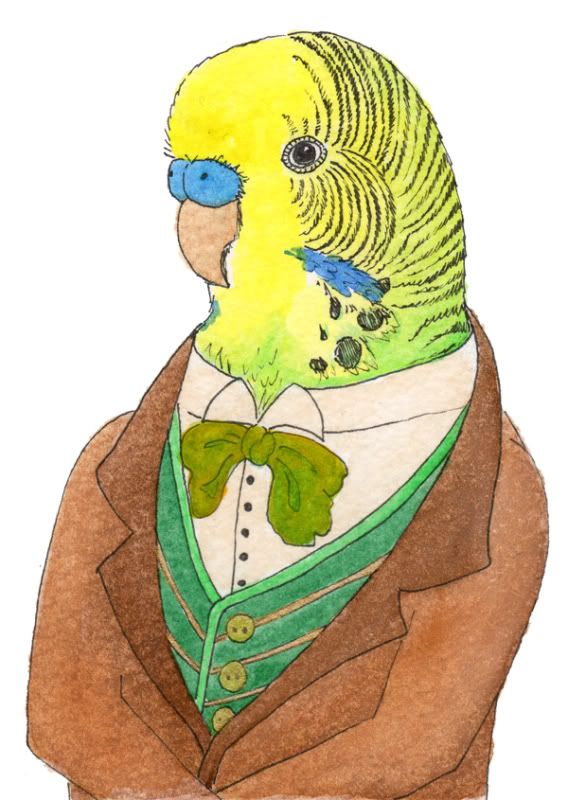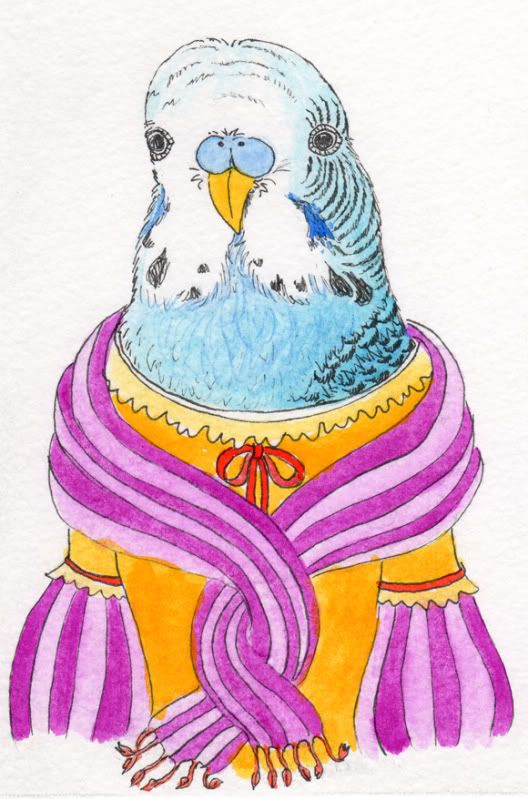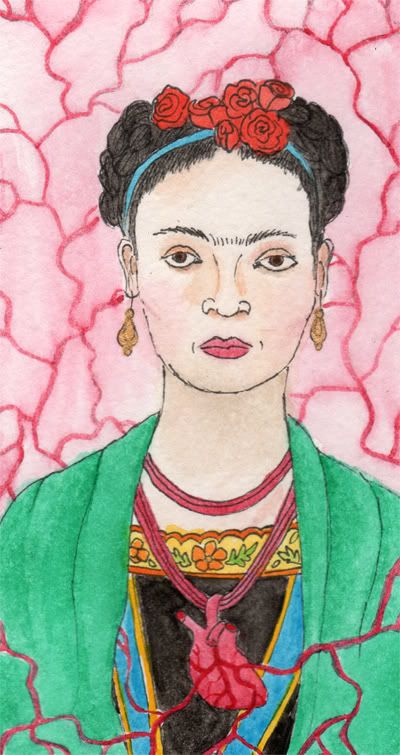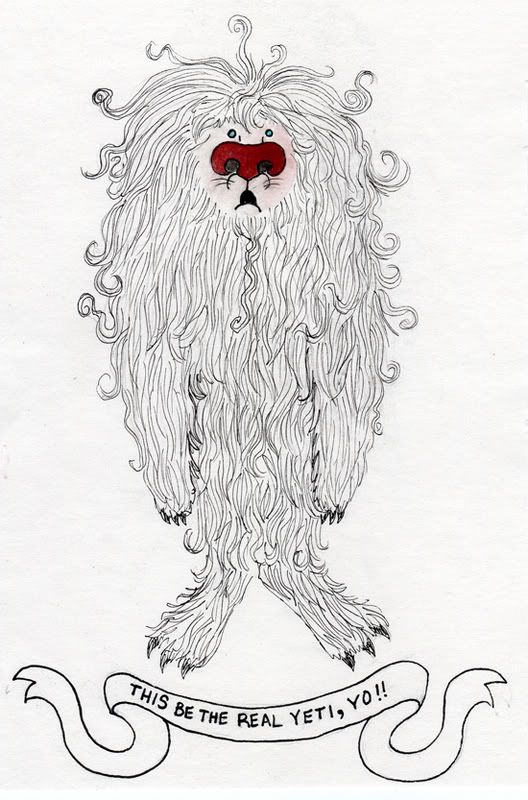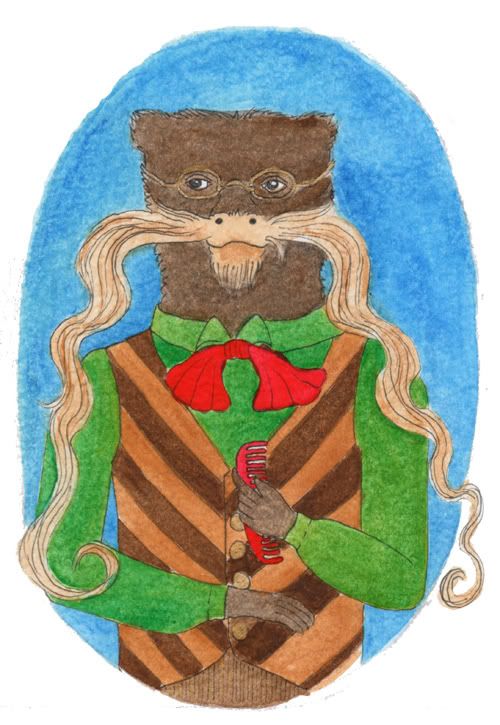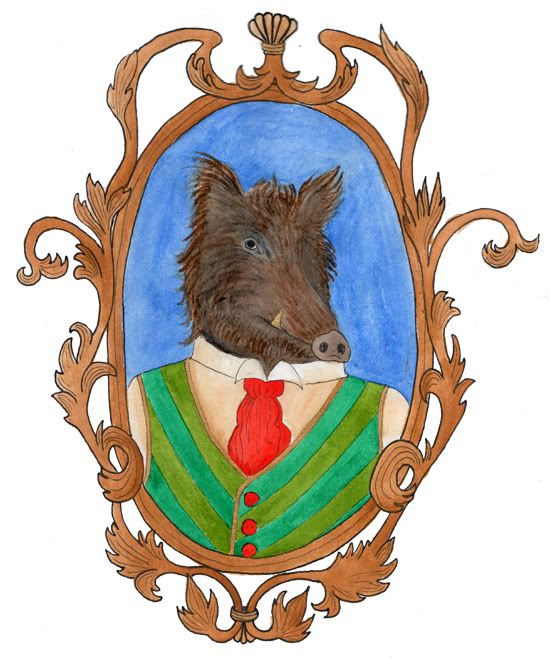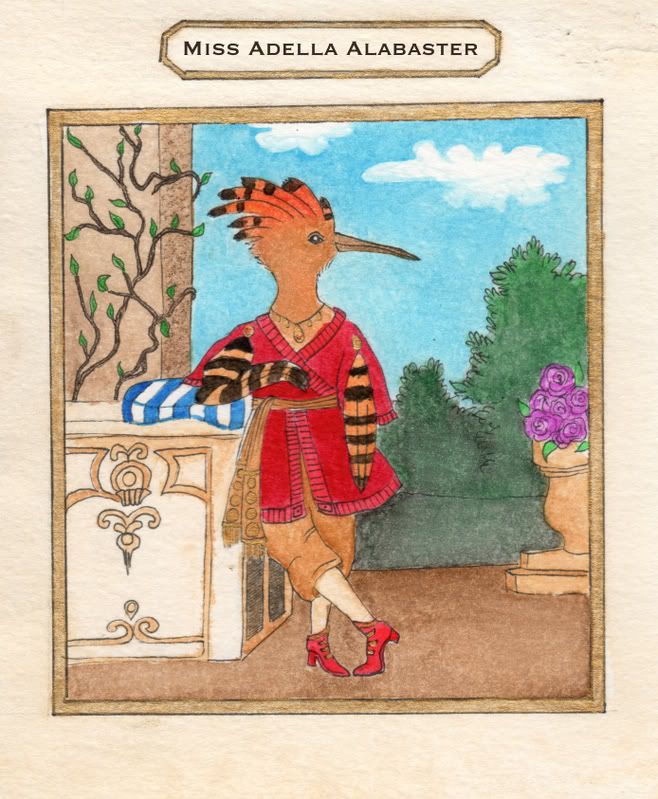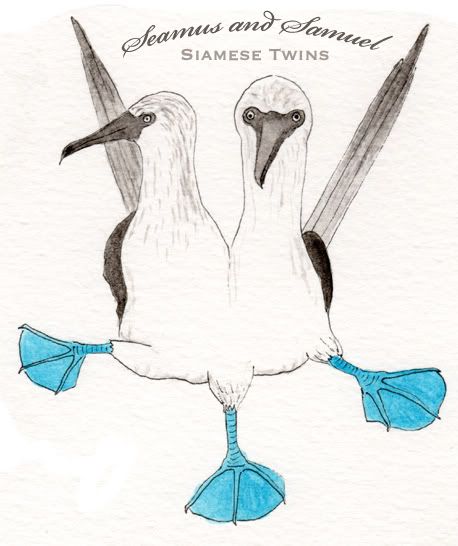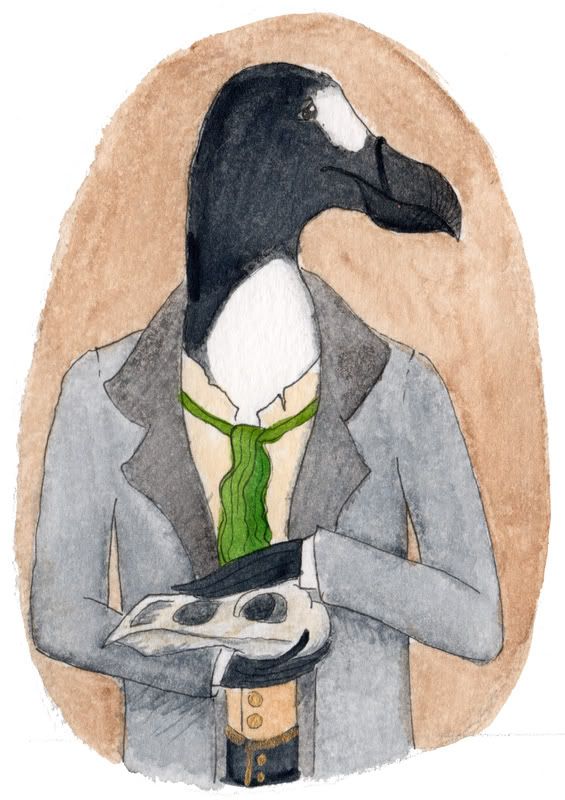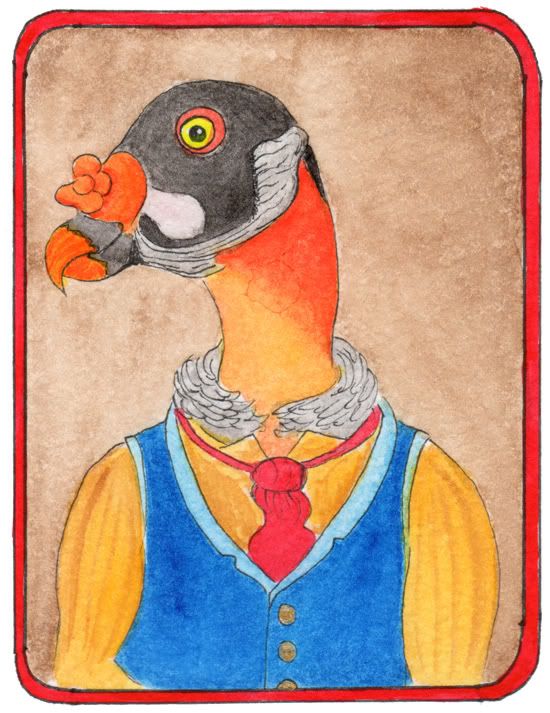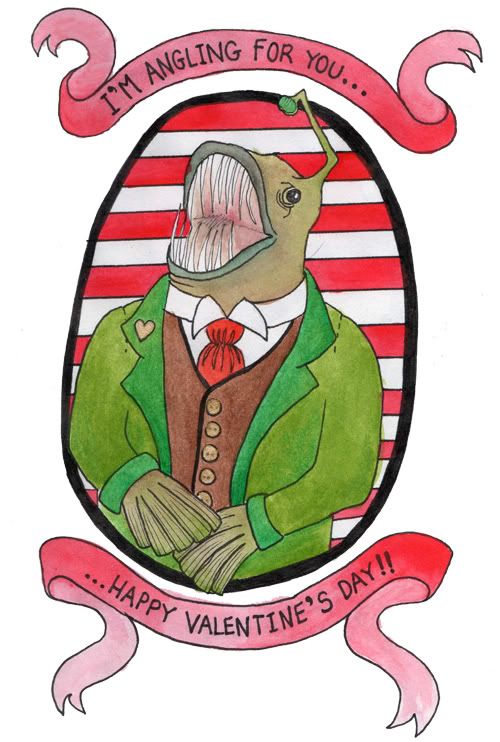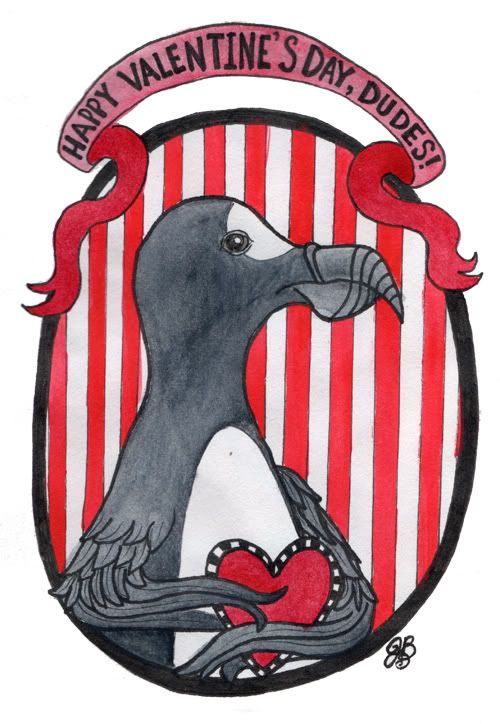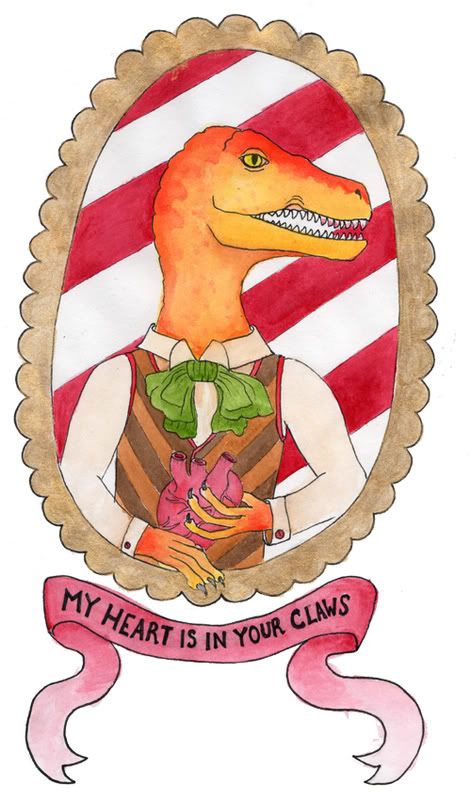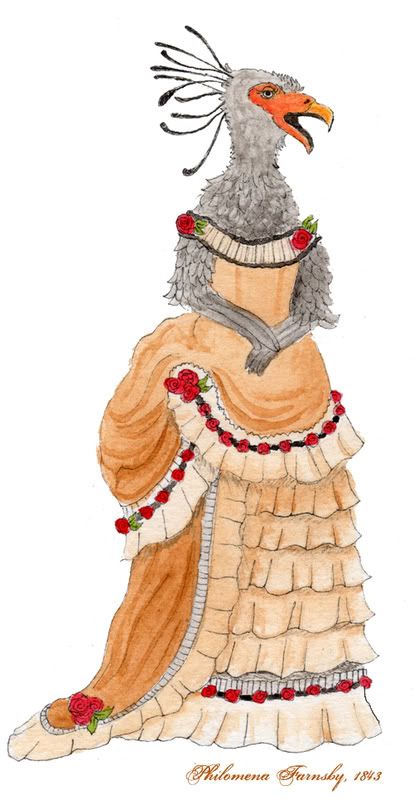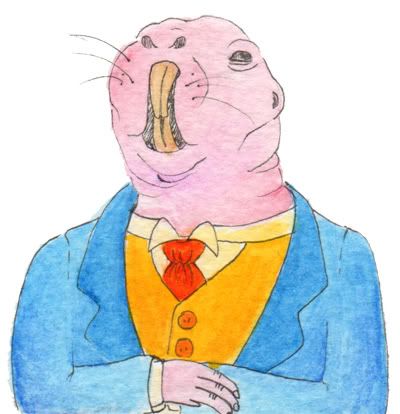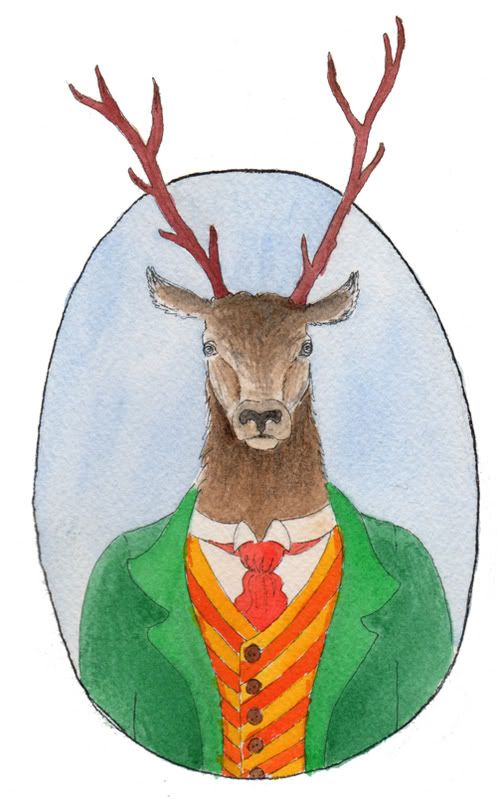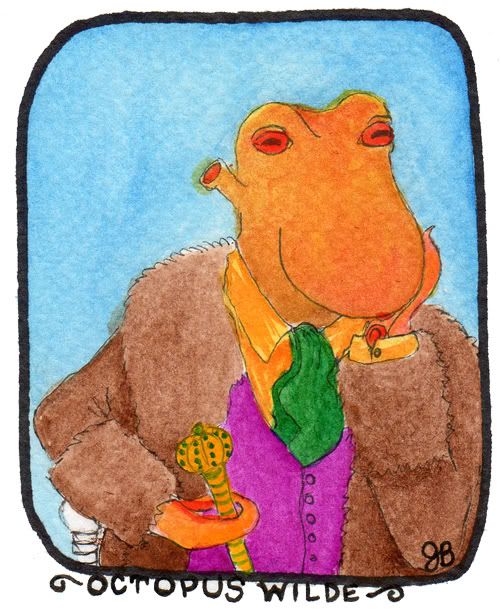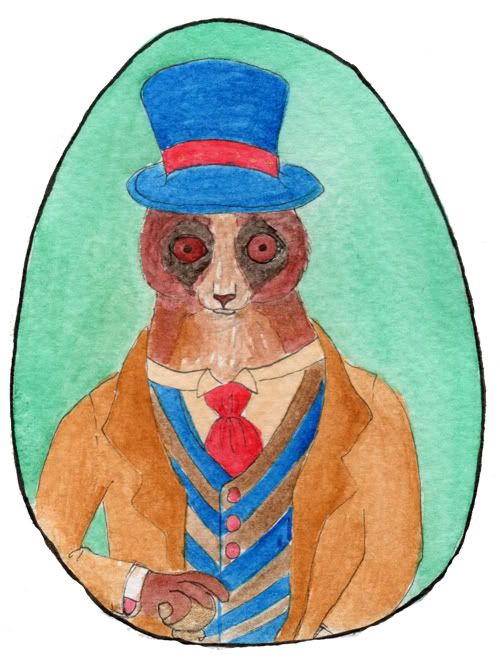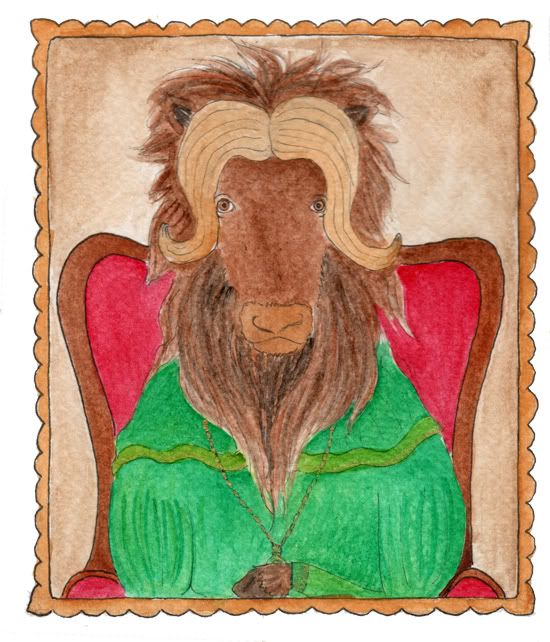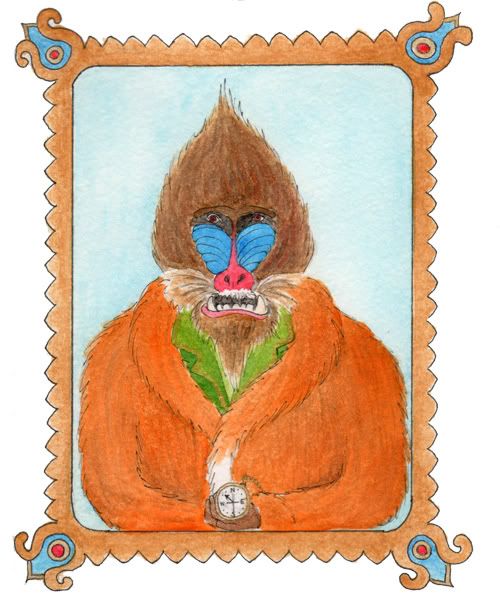 Ambrose Ashdown, 1858
Ambrose Ashdown, 1858Born in Orkney in 1816, Ambrose was a sickly child who seldom left his mother's side. In his journals later in life, he attributes his sheltered childhood to the passion for exploring that struck him during his teenage years. At the age of 18 he left his tiny village and traveled to Edinburgh, where he met a man by the name of John McClure, who had signed on with Sir Robert Black to help organize an ambitious Arctic exploration. Ambrose was taken on, and in 1836 he sailed on the HMS Terror and spent the next four years in the far north.
After his return to Europe, he spent a few years working as a clerk in a London bank, but soon felt the exploring bug bite him harder than ever. Thankfully for Ambrose, his friend John McClure had become a captain in his own right and was in the process of putting together a team. In 1850 the HMS Investigator made its way north on a trip
that would end up lasting for almost a decade.
One of the key moments in the exploration came when the ship became hemmed in by ice. Leaving the crew to their own devices, Ambrose and John decided to set out on sledges and see what they could find in the vicinity. Though Ambrose's journals show that he was the one to find the majestic strait that would come to be known as the Viscount Melville Strait, as captain it was John McClure that claimed the discovery as his own.
Unaware of John's upcoming betrayal, Ambrose continued to work with him in their push farther north and may have helped him find the Northwest Passage. Upon the ship's eventual return to England, John was knighted and the rest of the crew given a token medal for their bravery, leaving Ambrose extremely bitter.
In 1859, Ambrose threw his medal in the Thames and set off on his own ship, Artemis. He returned to the Arctic and spent the rest of his days living in an Inuit village and pretending Europe did not exist.
